There are plenty of useful remote work tips & tricks out there. Heck, we’ve contributed a fair share to the pool since COVID took over. So, what do you say we play the UNO reverse card and explore the worst tips you can follow when working from home?
Here’s a comprehensive, one-of-a-kind remote work anti-guide. By following the remote work tips from the article, you will, well… become a grumpy, lonely, and unhappy telecommuter.
Sounds like fun, right?
🤯 7 Worst Remote Work Tips You Can Follow in 2021
1. Make “Yes” Your Default Response
A friend or relative asks for a favor? You know, a short ride to the airport or some furniture heavy-lifting on the move-in day. Whatever they ask, you can’t refuse.
After all, you’re always at home so it’d be plain rude to say “No.”
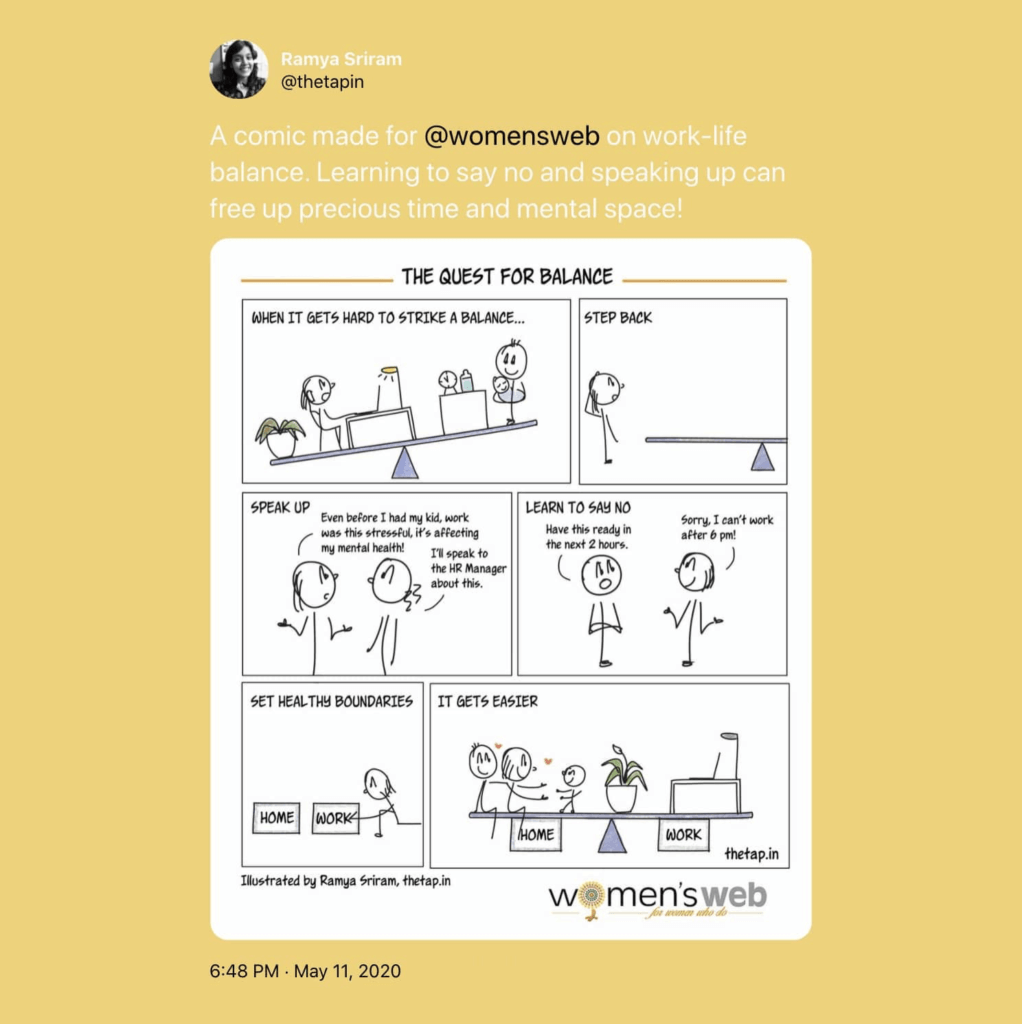
💡 Reality Check:
According to a 2014 study, most of us are hopeless when it comes to judging our own assertiveness. And that means we rarely react to favors in a reasonable way.
“Press too hard, too often, and relationships crumble. Yield too readily, too much, and valued outcomes slip away. Many times each day, people decide how hard to push, often trying to find some middle ground between those extremes.”(1)
Here’s the thing. Time is your most valuable asset and you should become aware of how you’re spending it. Mindful selectivity is your best bet.
🤔 What You Can Do:
- Say no to poorly defined and vague asks.
- Always overestimate the time/effort required.
- Prioritize requests after your own work.
- Give an immediate response and move on.
- Back your NOs with actual arguments.
- Consider the true cost of saying “yes.”
- Never say yes to procrastinate on important stuff.
2. Keep Your Workplace as Messy as Possible
They say a messy desk is a sign of creativity. Never clean your desk or empty your trash. You also want to keep as many loose papers around as possible, just in case the muse comes knocking. And remember: “A full inbox is a happy inbox.”

💡 Reality Check:
Ok, this one is tricky. The order vs. disorder debate is still up in the air and the research is anything but conclusive. So here’s what we know so far.
A study led by Kathleen Vohs, Ph.D., at the University of Minnesota Carlson School of Management found that a messy workplace encourages creativity and taking up new challenges. Conversely, a tidy environment evokes more socially responsible behaviors.
“We are all exposed to various kinds of settings, such as in our office space, our homes, our cars, even on the Internet. Whether you have control over the tidiness of the environment or not, you are exposed to it and our research shows it can affect you.”(2)
A more recent study by Dr Libby Sander of Bond University found that clutter can impair our ability to focus on our work. Plus, it also makes finding things much more time-consumming which incurs additional time penalty.
“When our space is a mess, so are we. That is certainly true from a simple logistical perspective: we lose precious work minutes every time we go searching for a lost paper on a cluttered desk.”(3)
Moderation is key. And that’s true for pretty much all the remote work tips out there.
🤔 What You Can Do:
- Actively prevent your workspace from getting “overcluttered.”
- Set regular maintenance intervals for major cleanups.
- Balance controllable chaos with no-nonsense orderliness.
- Go paperless and digitize physical copies of documents.
- Mind your digital clutter, including your inbox and cloud storage.
- If possible, keep your work and personal spaces separate.
3. Stay Busy and Plugged in 24/7
Wear busyness like a badge of honor. Always keep a full inbox, create checklists with 100+ items, and stay online 24/7. Heck, ignore the previous tip if you must and clean your desk as often as possible. Do everything to “appear” productive.
But wait, we’re not done yet.
Multitasking is your friend. Show off your busyness by doing plenty of small, insignificant tasks at once. Forget automation and churn everything out manually. Finally, never delegate work because nobody else can replace you.
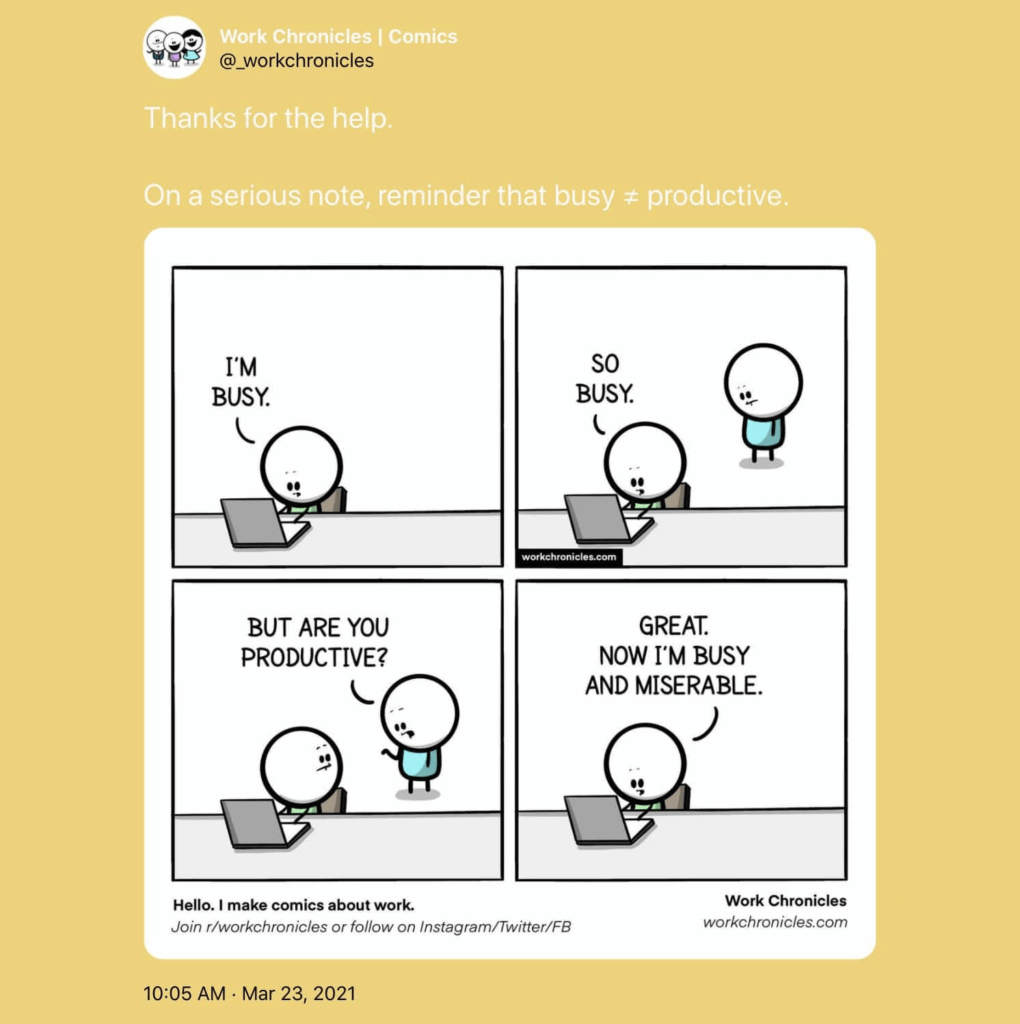
💡 Reality Check:
Professor Cal Newport, the author of Deep Work: Rules for Focused Success in a Distracted World, argues that busyness has become the new measure of productivity. To make matters worse, we no longer know what it means to be truly productive.
“In the absence of clear indicators of what it means to be productive and valuable in their jobs, many knowledge workers turn back toward an industrial indicator of productivity: doing lots of stuff in a visible manner.”
Cal Newport, Deep Work: Rules for Focused Success in a Distracted World(4)
Instead of chasing the productivity bunny, you should redefine the meaning of a “job well done.” For starters, focus on the actual results rather than the time investment.
🤔 What You Can Do:
- Define three most important tasks for the day/week.
- Keep a low-key, manageable daily/weekly schedule.
- Leverage systems like Zen to Done and Getting Things Done.
- Apply the “rock, pebbles, and sand” analogy to prioritize work.
- Time-block calendar entries and bundle similar tasks together.
- Single-task and focus your attention on one thing at a time.
- Silence your inner critic and just get work done.
- Automate repetitive tasks and delegate everything else.
4. Become a True Remote Hermit
Working from home—especially during a global pandemic—is a great opportunity to finally enjoy some “me” time. With co-workers and pretty much everybody else out of the picture, you can embrace loneliness and become a fully-fledged hermit.
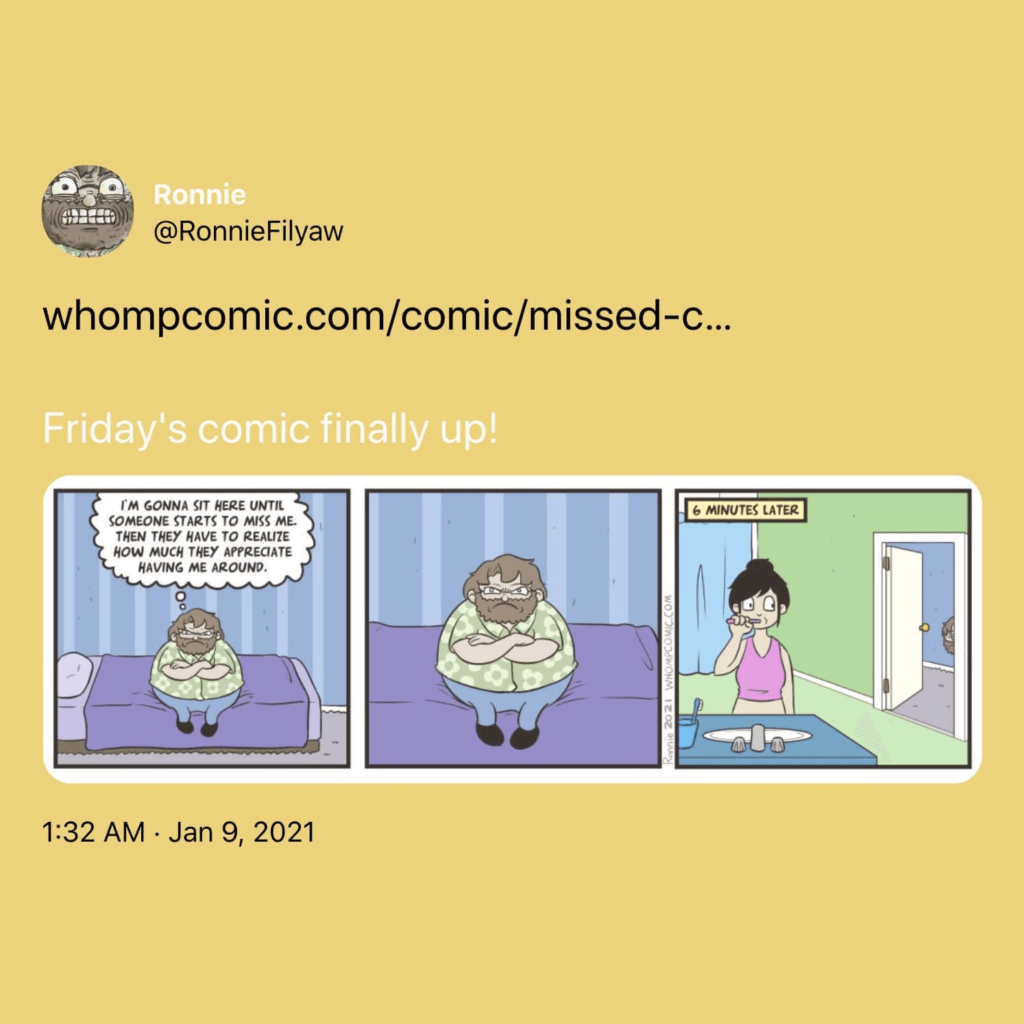
💡 Reality Check:
According to Buffer’s State of Remote Work report, 16% of remote workers struggle with loneliness. Another 7% isn’t comfy with operating from a different timezone than their teammates while 16% face difficulties with collaboration and communication.(5)
🤔 What You Can Do:
- Run virtual coworking sessions with your team.
- Alternate between a home office and a coworking space.
- Use your downtime to reconnect with family and friends.
- Jump on virtual coffee breaks with your coworkers.
- Choose video conferencing over email or chat.
5. Work Whenever You Feel Like It
Setting a schedule is for losers. You work from home now, and that means you’re free to set your own darn business hours. Rest, have fun, watch Netflix if you like, but never prioritize work over pleasure. You can always catch up during the weekend.
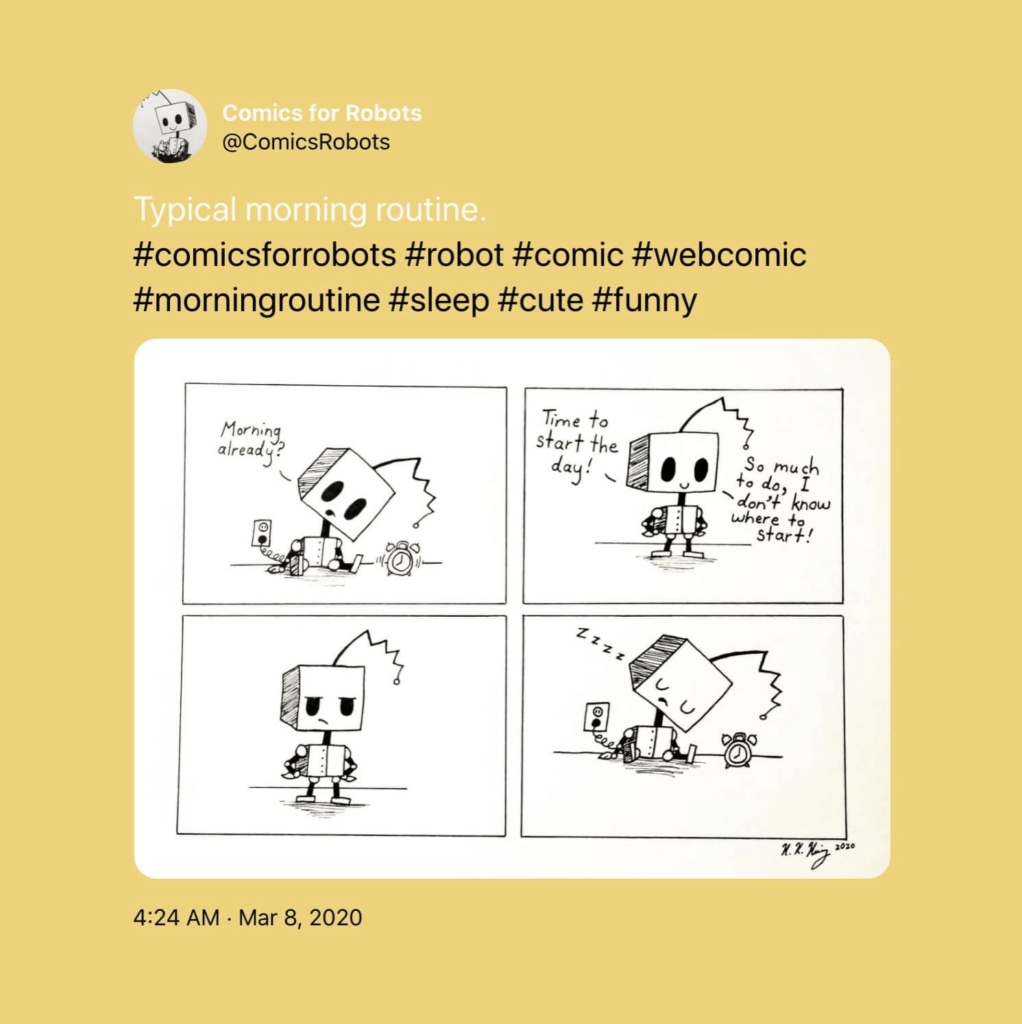
💡 Reality Check:
A 2020 study assessing the impact of routines on mental health during the pandemic found that having a daily routine can reduce stress and alleviate anxiety.
“Primary routines (eg, regular healthy diet, sleep, and personal hygiene) should be prioritized over secondary routines including leisure and social activities, exercising, and work/study in order to maintain an overall regular daily living that directly enables positive mental health.”(6)
Building reliable routines is one of the best remote work tips you can follow. A solid routine will make your workday more predictable and help you transition between work and personal.
🤔 What You Can Do:
- Exercise, meditate, or stretch to prime yourself for the day.
- Take a refreshing shower and eat a healthy breakfast.
- Cherish the “no-commute” perk and use the extra time wisely.
- Read a book instead of scrolling the news first thing in the morning.
- Get dressed and have a cup of coffee to slip into a work mood.
- Create a similar “cooldown” routine to wrap a day’s work.
- Practie techniques like bullet journaling to unwind.
6. Breaks Are For Wimps So Take None
Taking breaks slows you down so sit at your computer until the day’s work is done. If your back is killing you, fetch a standing desk and alternate your position but never leave your post. Whenever you feel tired, gulp on good ol’ coffee and keep churning!
“But everybody keeps saying I need to exercise!”
You don’t need to hit the gym 5 times a week to feel good. A bowl of crusty tortilla chips dipped in delicious cheese is everything you need. Avoid physical activity at all cost. You don’t want to pull a muscle or something, right?
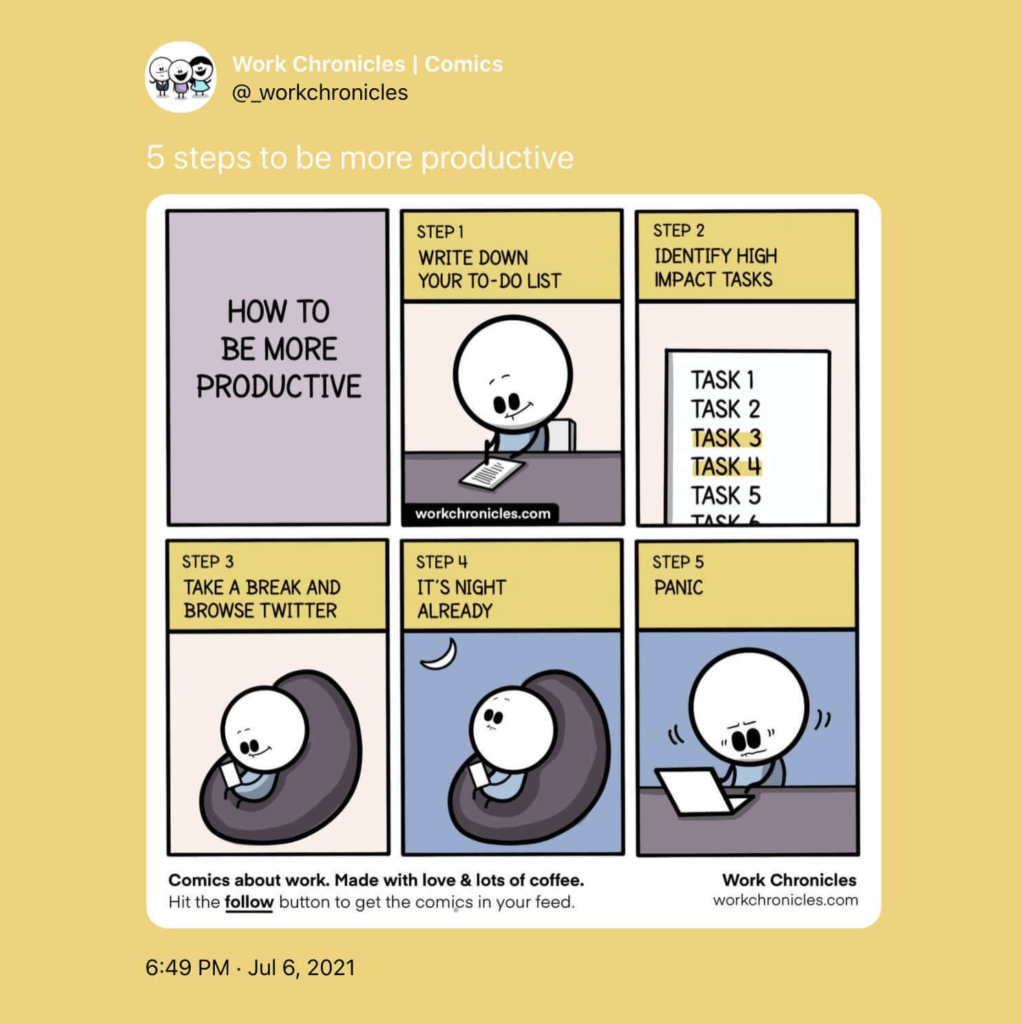
💡 Reality Check:
Long work sessions may seem like a great way to maintain focus and slip into the mythical state of flow. However, multiple studies have shown that regular breaks boost physical recovery and help restore mental resources.
“Micro-breaks, lunchtime breaks and longer breaks, have all been shown to have a positive relationship with wellbeing and productivity. By taking regular breaks you can boost your performance.”(7)
We’ve said that once, we’ll say it again—moderation is key. Taking a break will help you reset, regain focus, and stay sharp for longer. Plus, it’s good for your back/eyes.
🤔 What You Can Do:
- Every 20 minutes look at something 20 feet away for 20 seconds.
- Be intentional about your breaks and don’t think about work.
- If possible, take a 20-minute power nap to recover your energy.
- Try incorporating the Pomodoro technique into your work routine.
- Take proper meal breaks and avoid eating at your desk (yuck).
- Dedicate at least 150 minutes to moderate physical activity each week.(8)
7. Work In Pajamas (From Your Bed)
You don’t escape the buttoned-up office life to keep a dress code at home. Stash your suits in a closet and rock some comfy pajamas at your home office. Better still, stuff your laptop under the pillow so you don’t have to leave the bed in the morning.
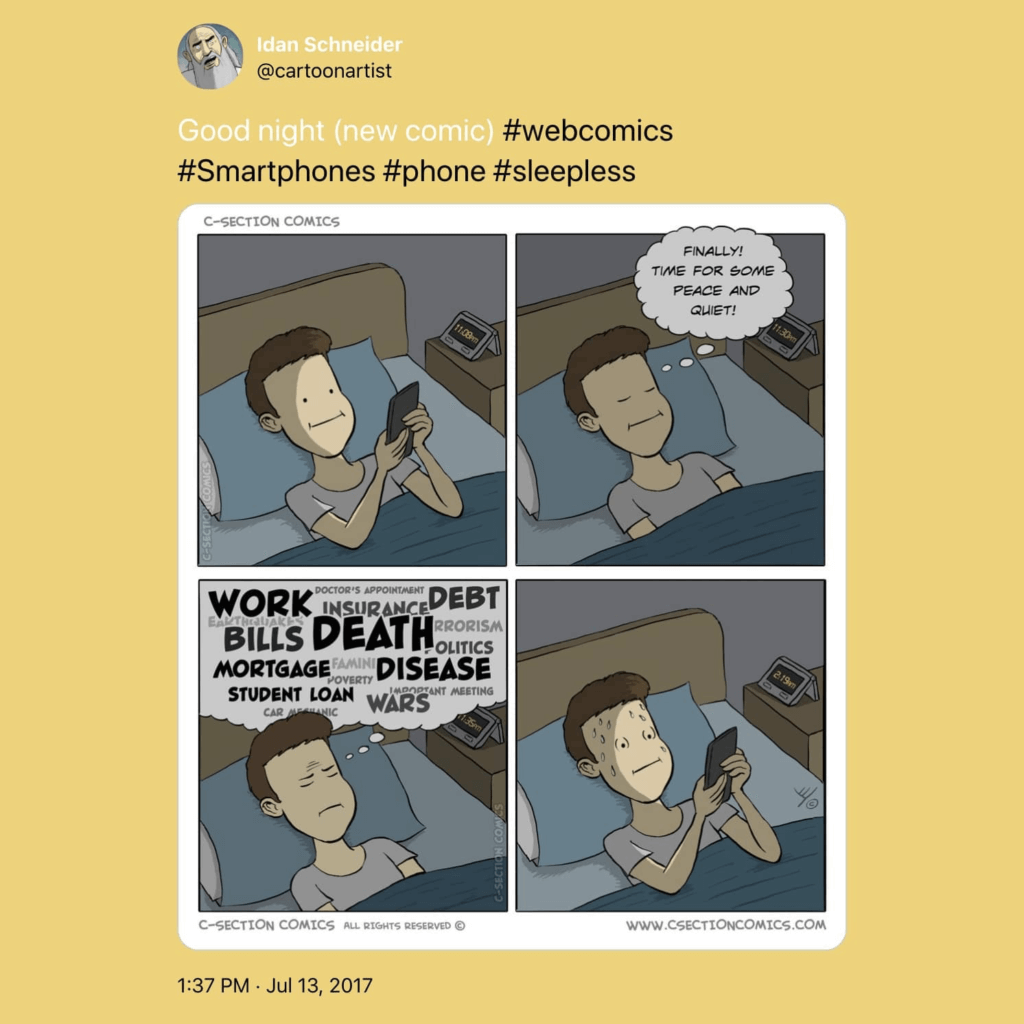
💡 Reality Check:
Staying in your PJs all day may seem like a cool idea. The thing is without a proper morning routine—that usually means getting dressed you hermit!—it’s easy to drift away from the typical work rhythm and neglect discipline down the road.
“[…] turning your bed into your office can trigger a slew of health problems, both psychological and physical. And even if you don’t notice them now, adverse effects—possibly permanent—could emerge later on in life.”(9)
A healthy work-from-home environment calls for a clear division between personal and professional life. The rule applies both to mental and physical space.
🤔 What You Can Do:
- Create your own work-from-home dress code.
- Dress down when you have the day all to yourself.
- Dress up if there’s a video conference coming up.
- Change clothes to aid the home-work-home transition.
- Keep your work tools (laptop, smartphone) outside your bedroom.
- Wake up as you would on a regular workday and don’t rush.
- Create firm boundaries between work and personal life.
And that’s it!
👋 Parting Words
Navigating the work-from-home reality is like being the new guy or gal at the office. It takes time to get your bearings and create a predictable routine to keep you grounded.
We hope that our remote work tips will help you avoid common telecommuting pitfalls and find a healthy balance between work and personal life. When in doubt, follow these steps:
- 👎 Make “no” your default response.
- 🧹 Keep your workplace organized (within reason).
- 🤯 Don’t treat busyness as a measure of productivity.
- 💬 Interact with family, friends, and coworkers.
- 🔄 Create a predictable daily routine.
- 🧘♂️ Take regular breaks and stay healthy.
- ✋ Create boundaries between work and personal space.
Oh, and if you need a trusty companion to keep you on track, try Taskade. Taskade is a fun project management tool that’ll help you get work done in a jiffy.
Jump over here to sign up for a free account today!
Till next time!
🔗 Resources
- https://citeseerx.ist.psu.edu/viewdoc/download?doi=10.1.1.926.2680&rep=rep1&type=pdf
- https://research.bond.edu.au/en/publications/the-case-for-finally-cleaning-your-desk
- https://www.eurekalert.org/pub_releases/2013-08/afps-tdo080513.php
- https://www.calnewport.com/books/deep-work/
- https://buffer.com/2021-state-of-remote-work
- https://www.ncbi.nlm.nih.gov/pmc/articles/PMC7535346/
- https://thewellbeingthesis.org.uk/foundations-for-success/importance-of-taking-breaks-and-having-other-interests/
- https://www.mayoclinic.org/healthy-lifestyle/fitness/expert-answers/exercise/faq-20057916
- https://www.bbc.com/worklife/article/20210217-is-it-bad-to-you-work-from-your-bed-for-a-year


 How to Plan Effective Project Team Meetings: Strategies for Success
How to Plan Effective Project Team Meetings: Strategies for Success  14 Best AI Tools for Planning and Running Meetings
14 Best AI Tools for Planning and Running Meetings 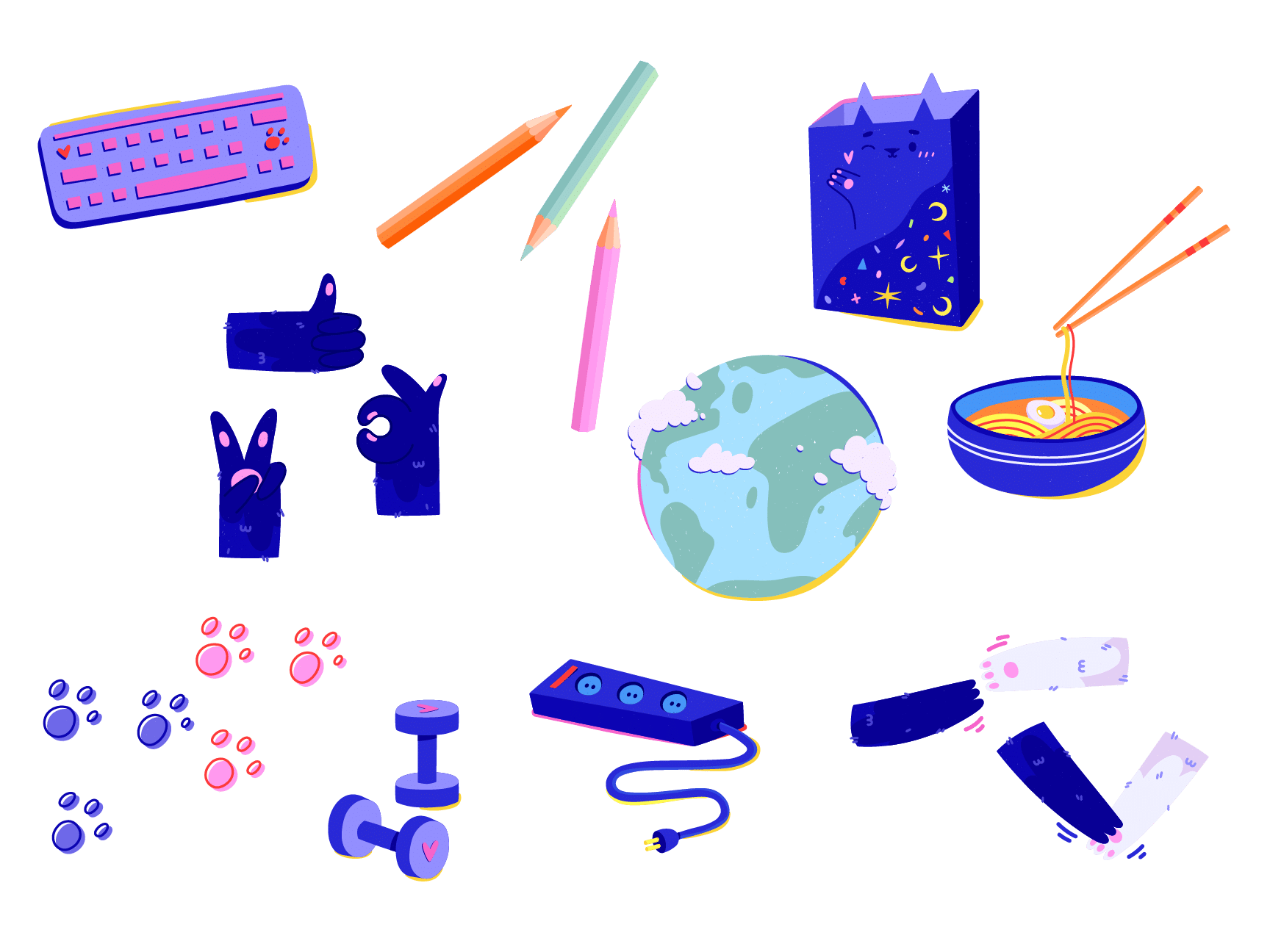 Creating Customer Service SOPs: A Guide for Streamlining Your Support
Creating Customer Service SOPs: A Guide for Streamlining Your Support 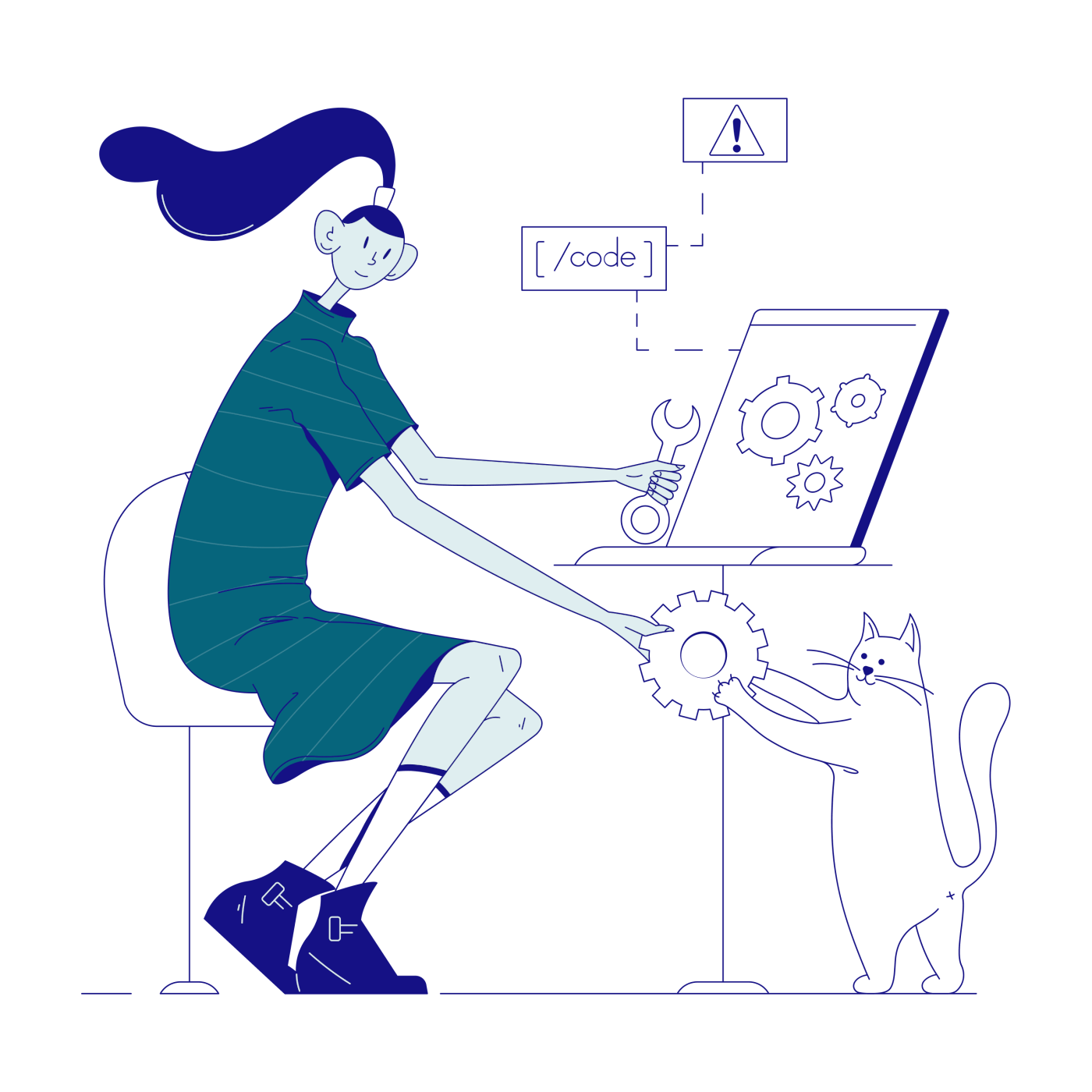 15 Top AI Content Marketing Tools for Remote Teams
15 Top AI Content Marketing Tools for Remote Teams 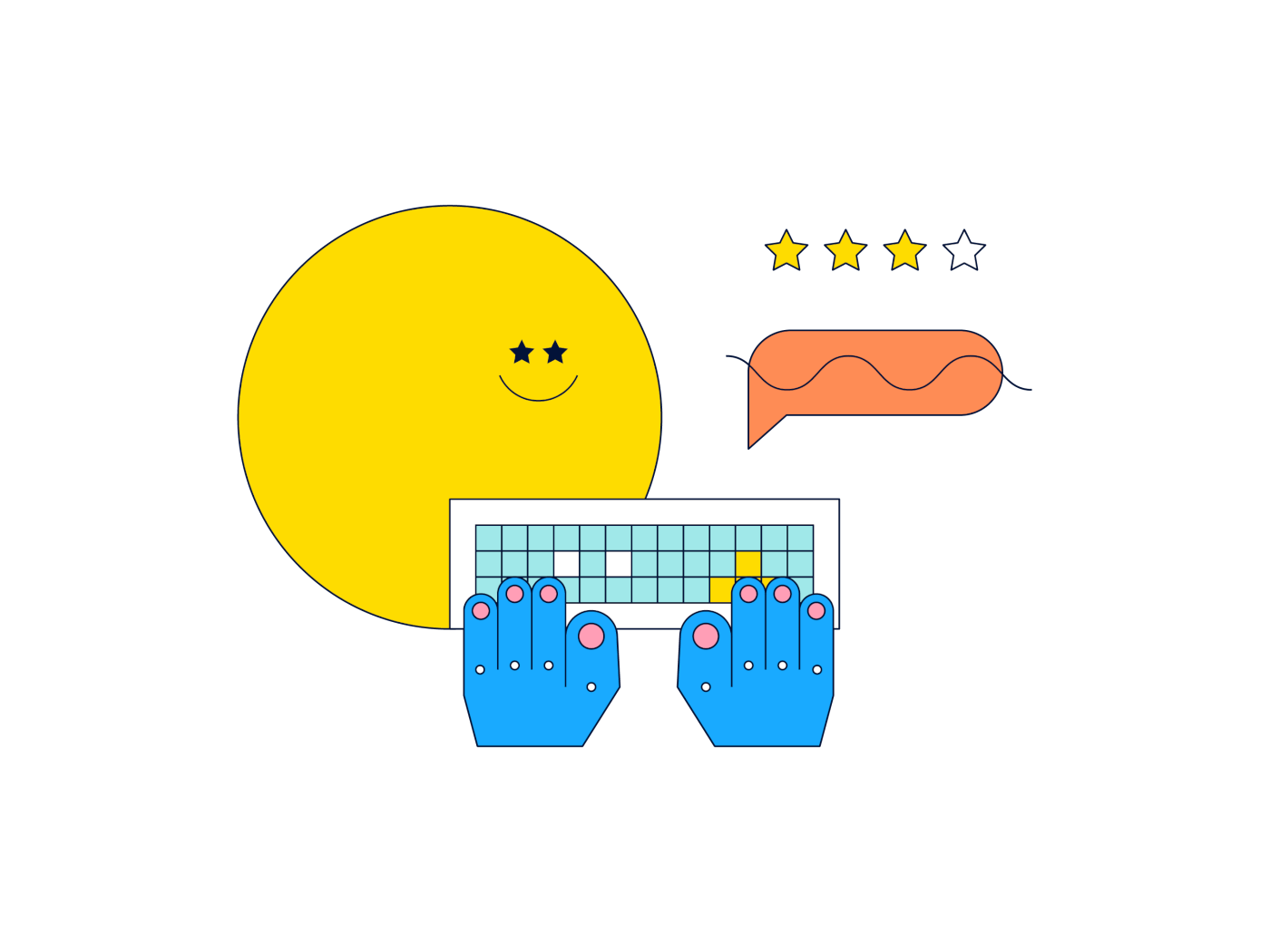 9 Top AI Brainstorming Tools for Virtual Teams in 2025
9 Top AI Brainstorming Tools for Virtual Teams in 2025  14 Best AI Collaboration Tools for Remote Teams (Updated 2025)
14 Best AI Collaboration Tools for Remote Teams (Updated 2025)